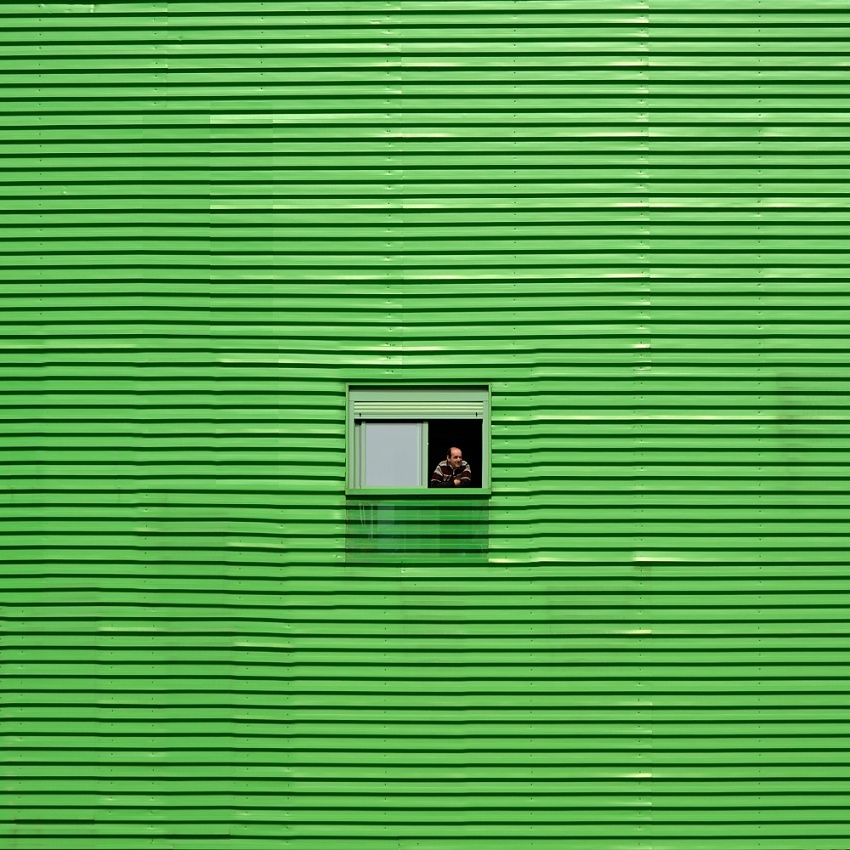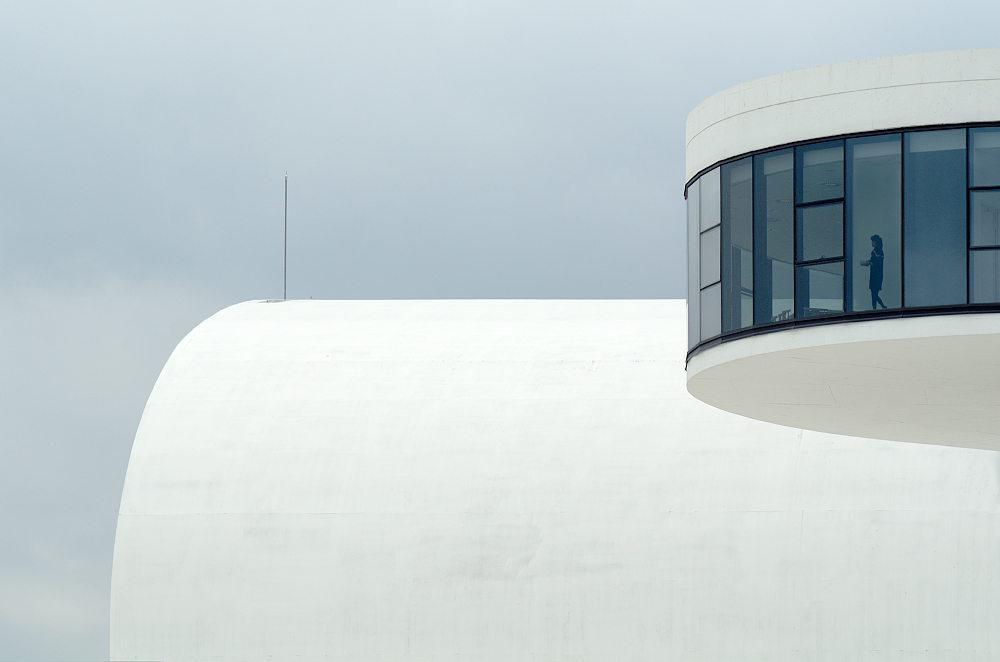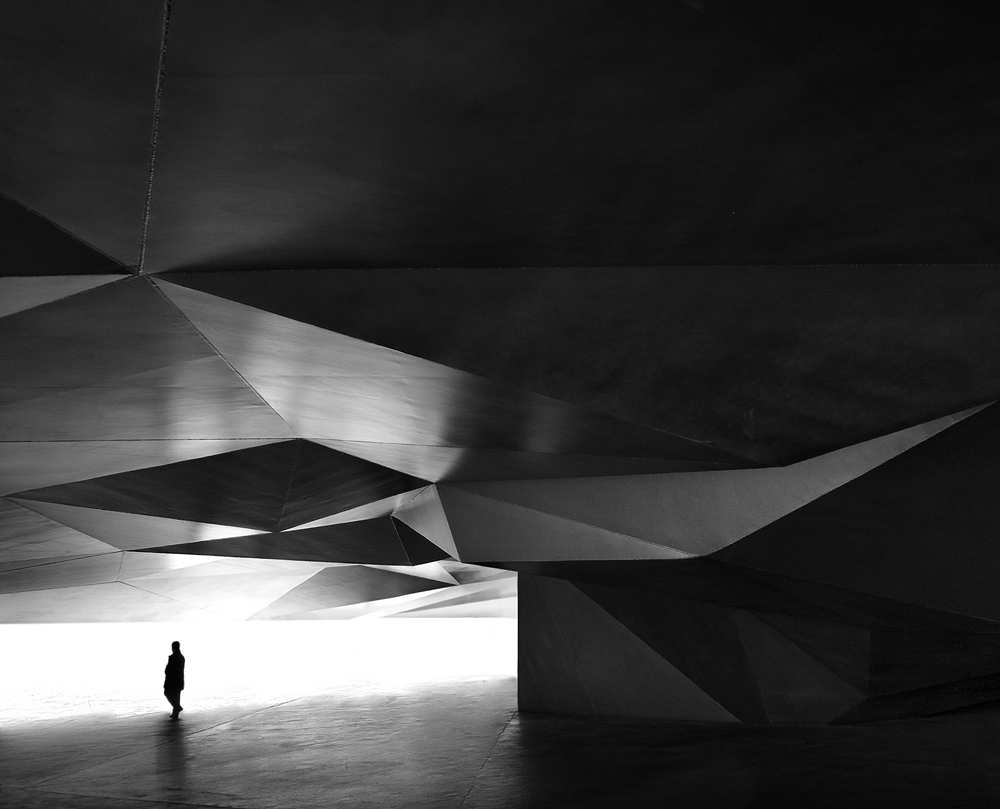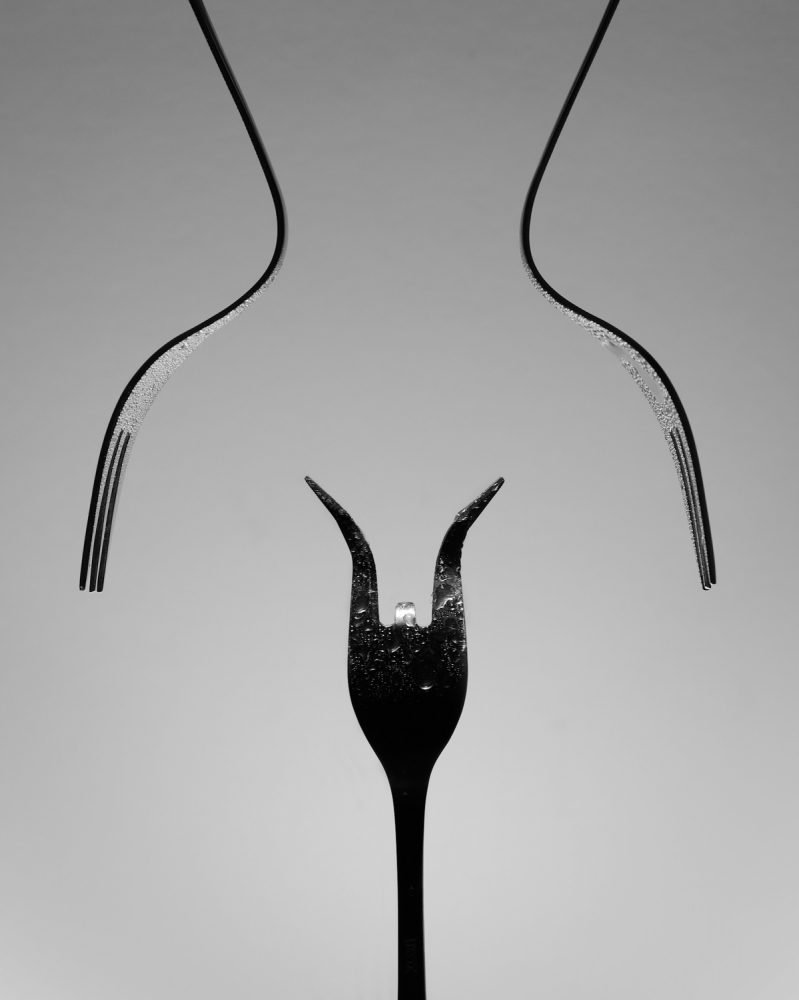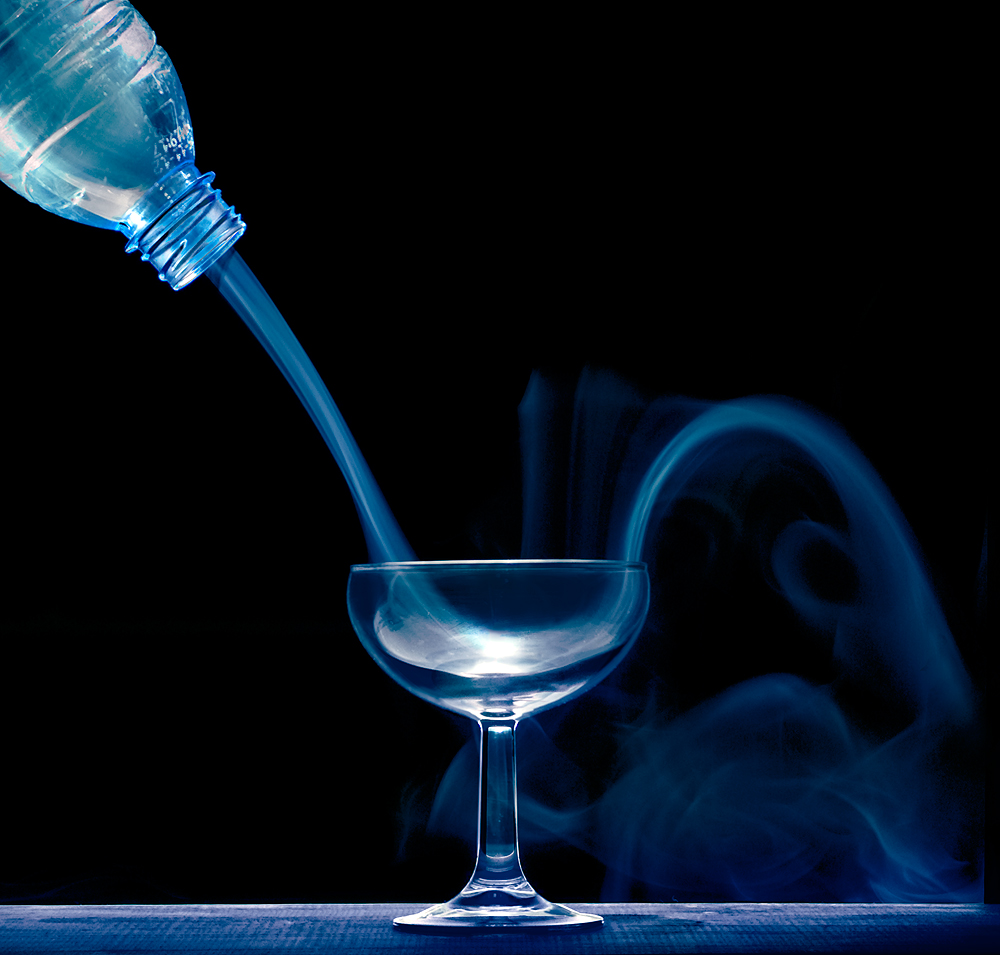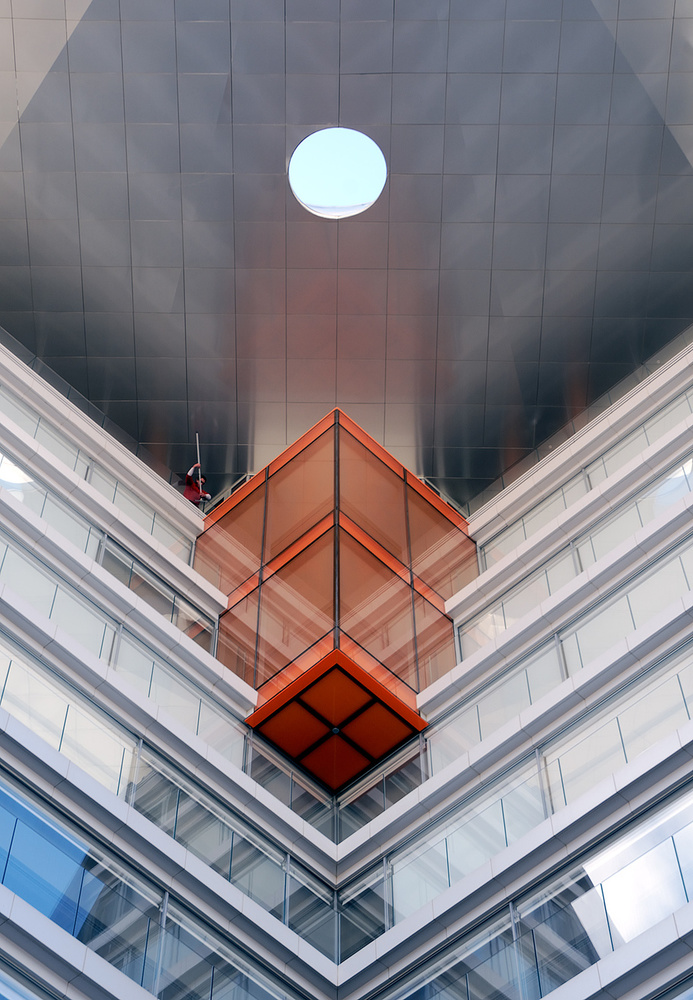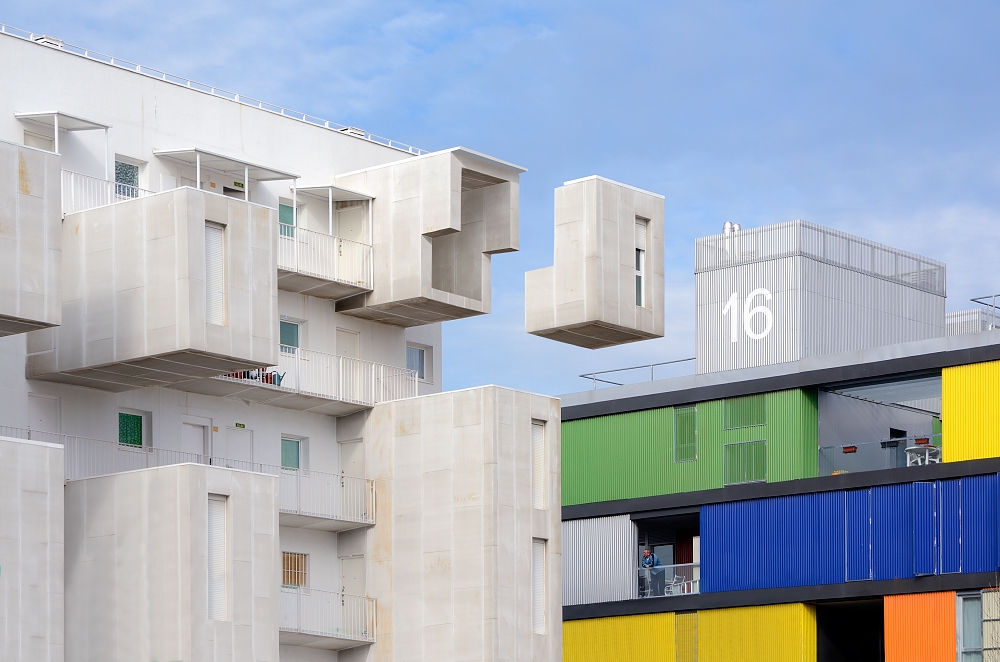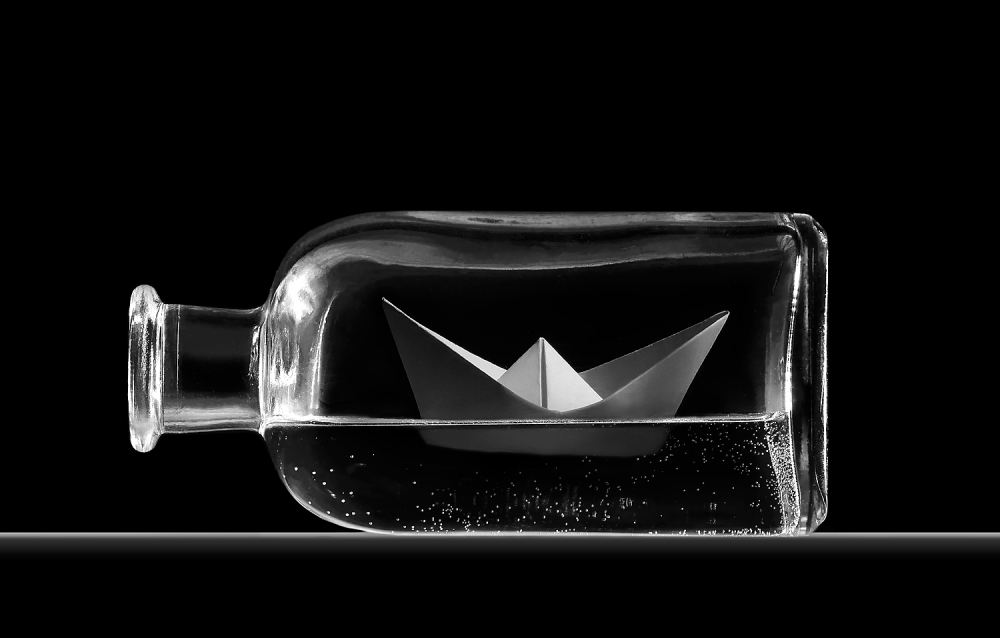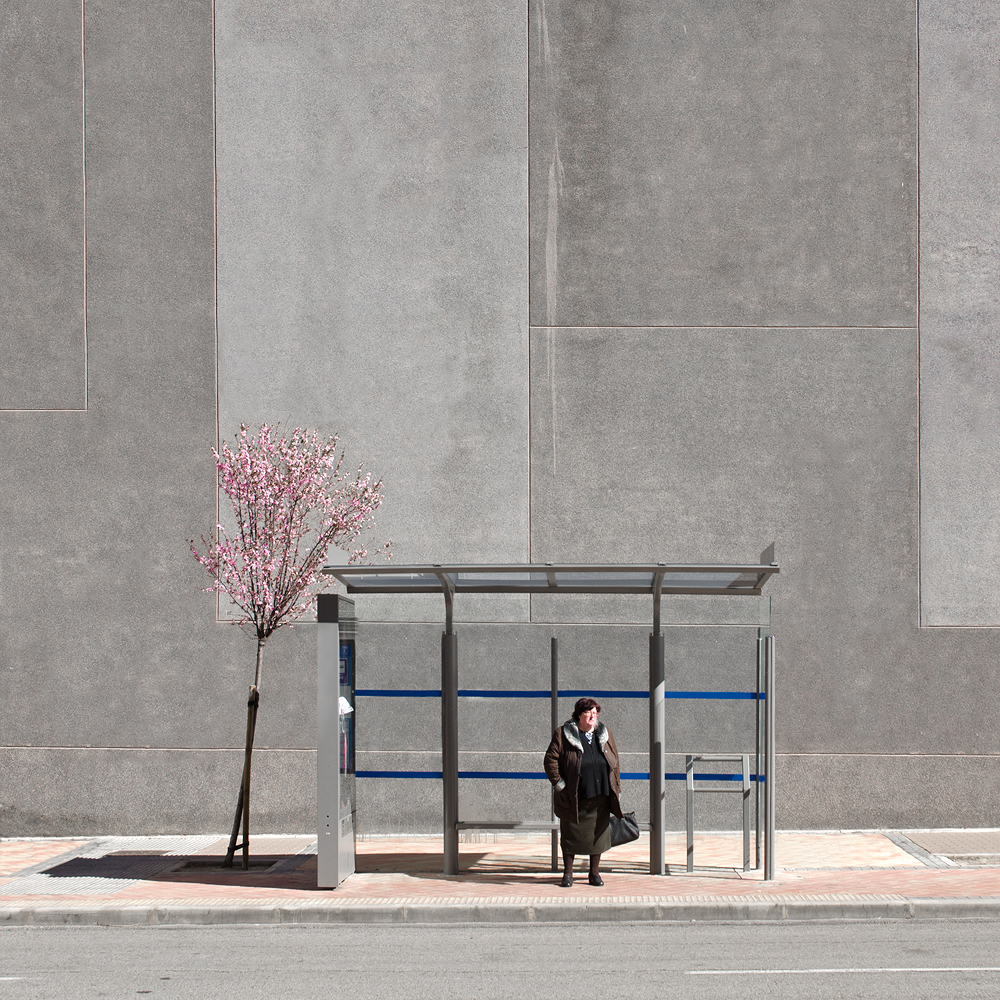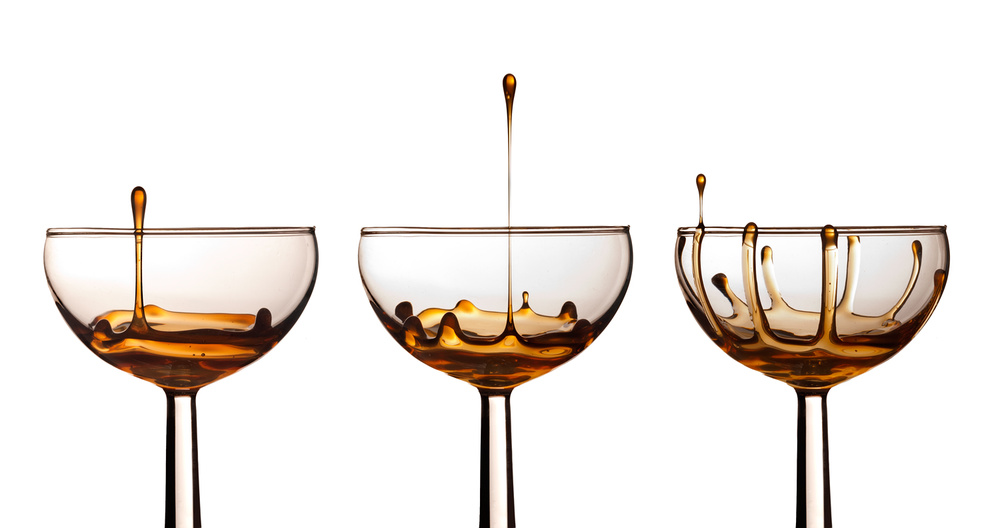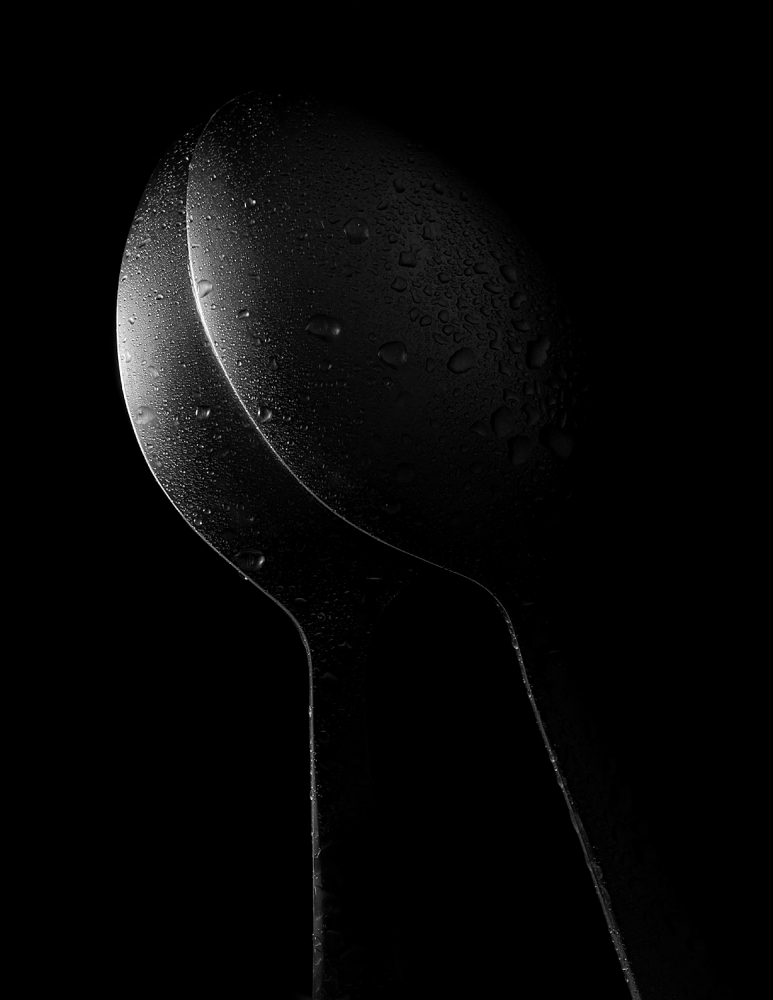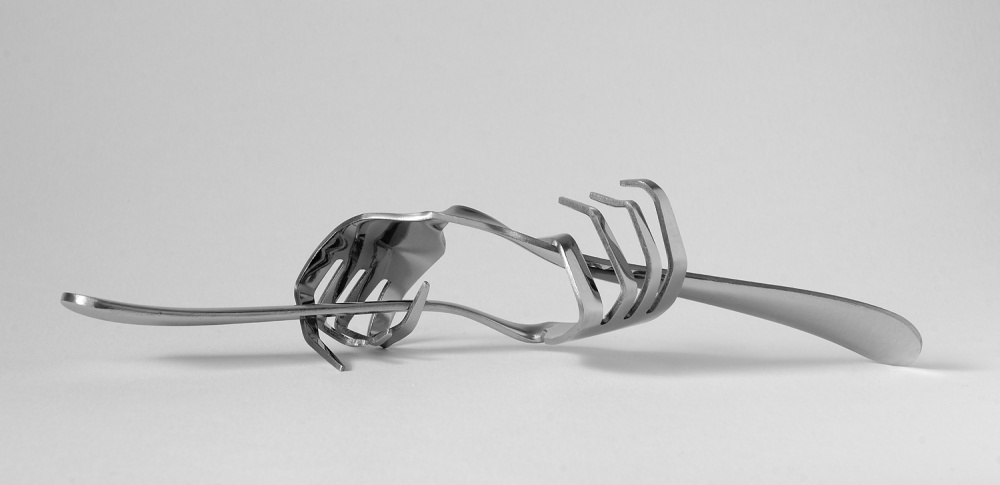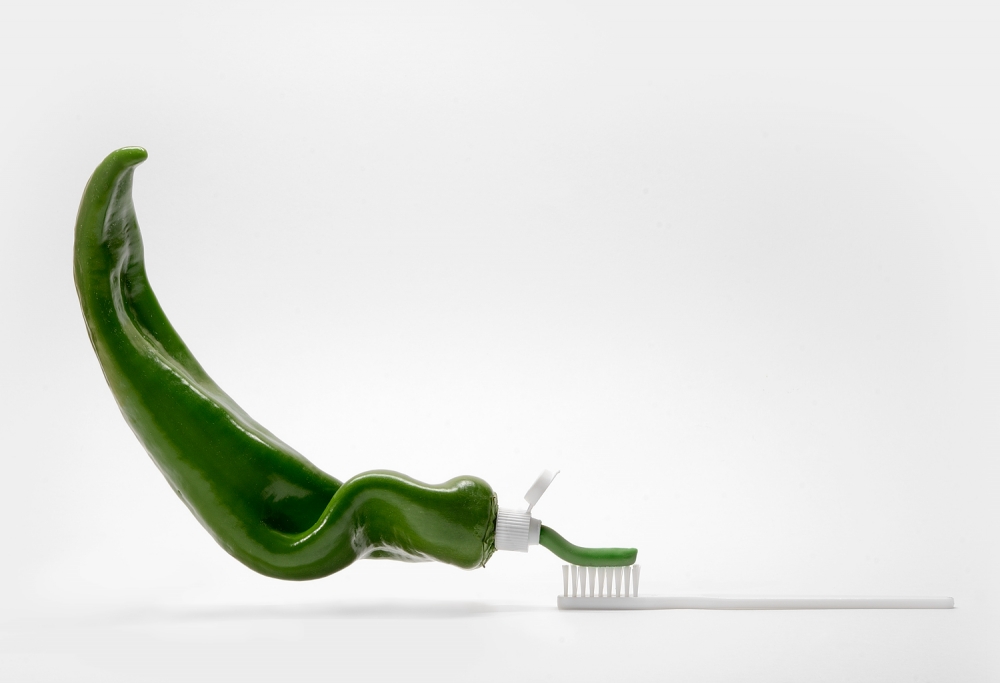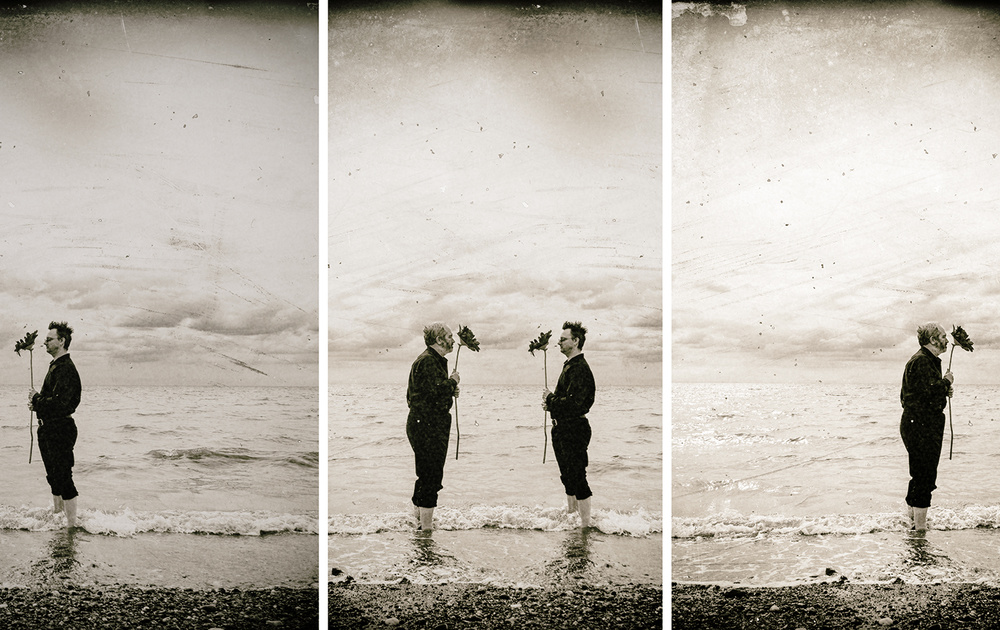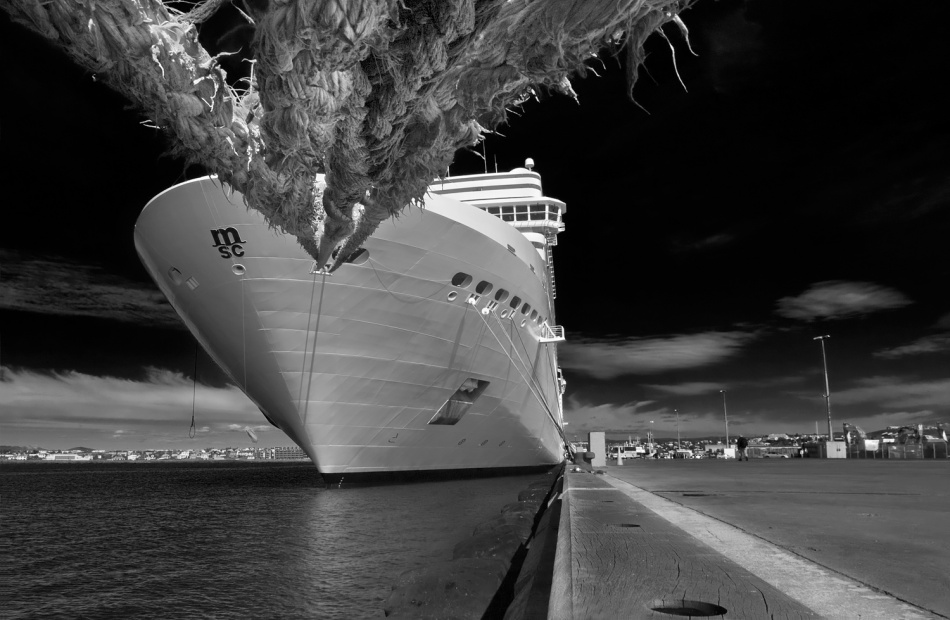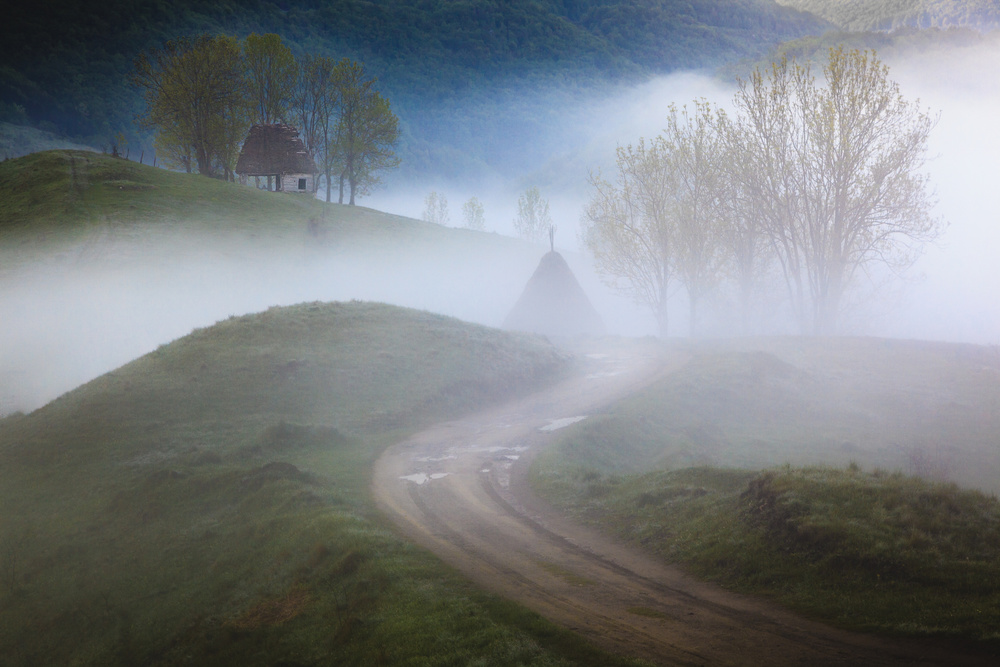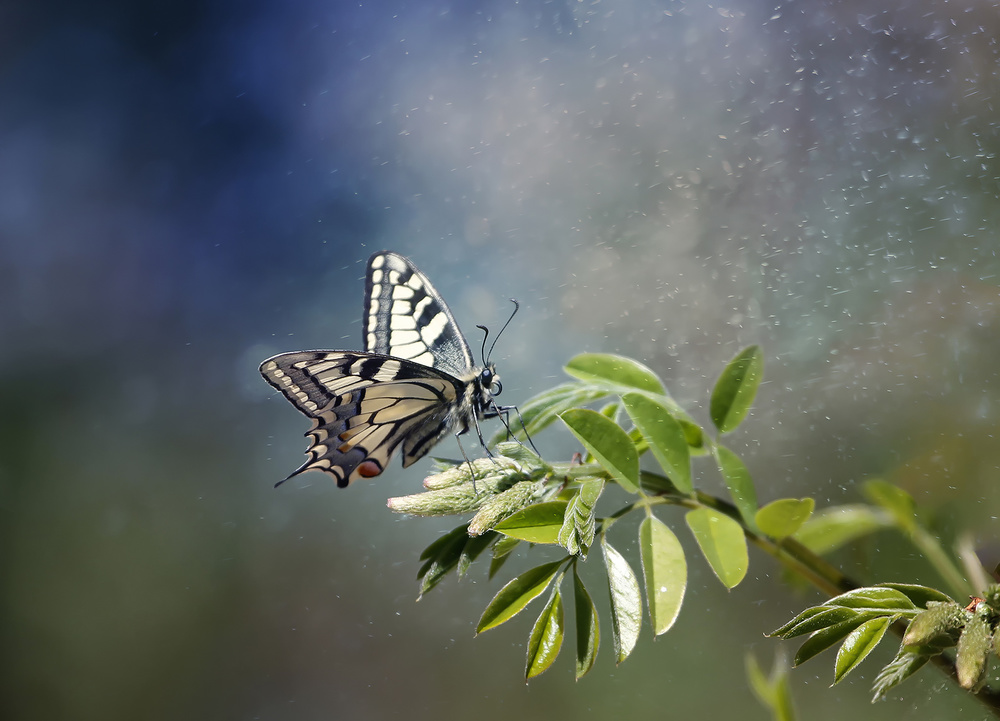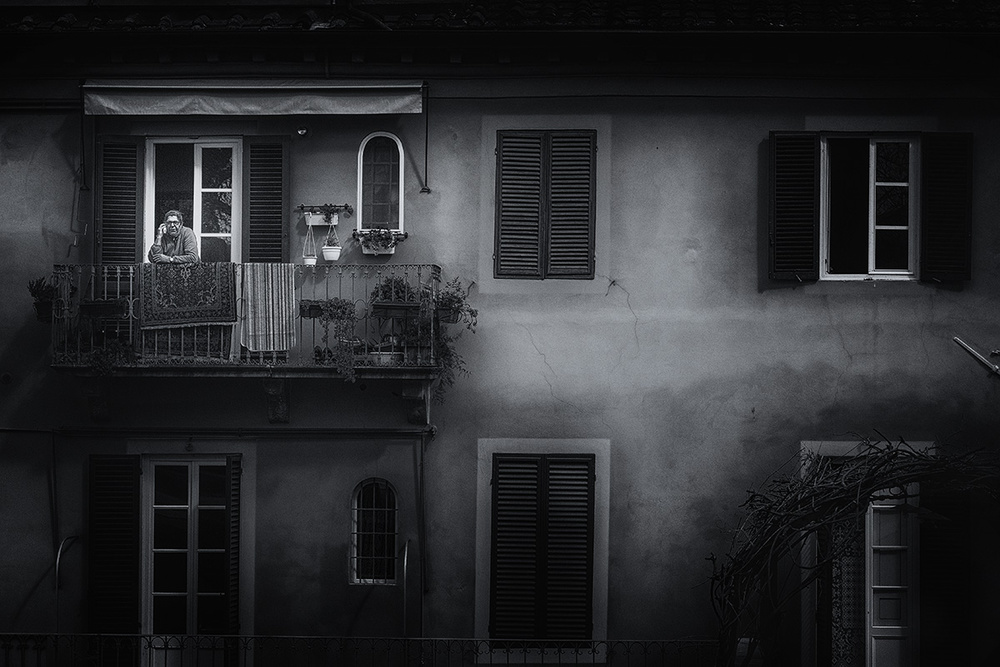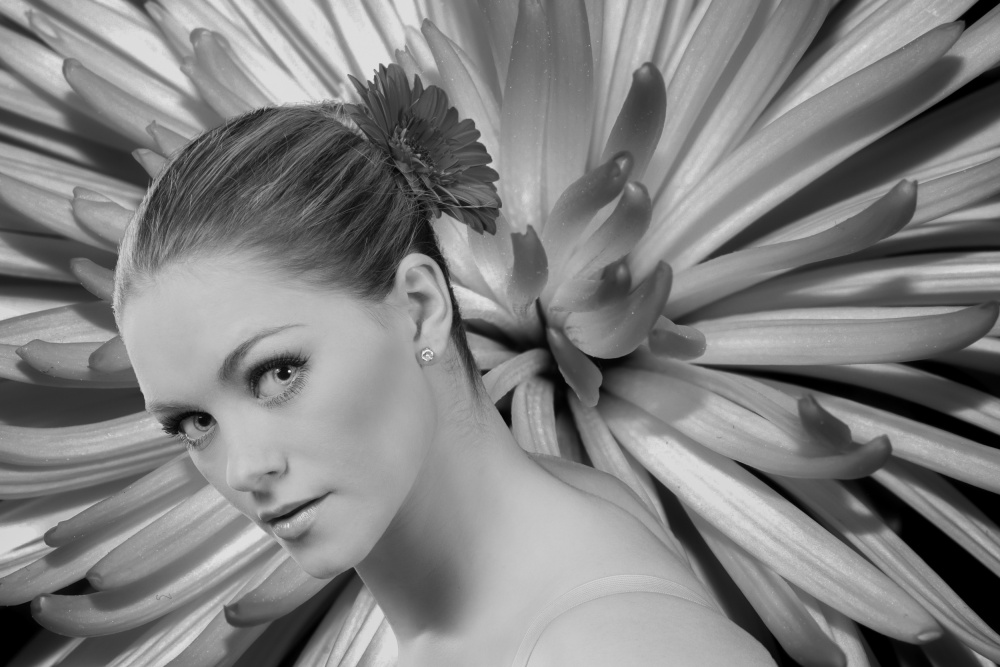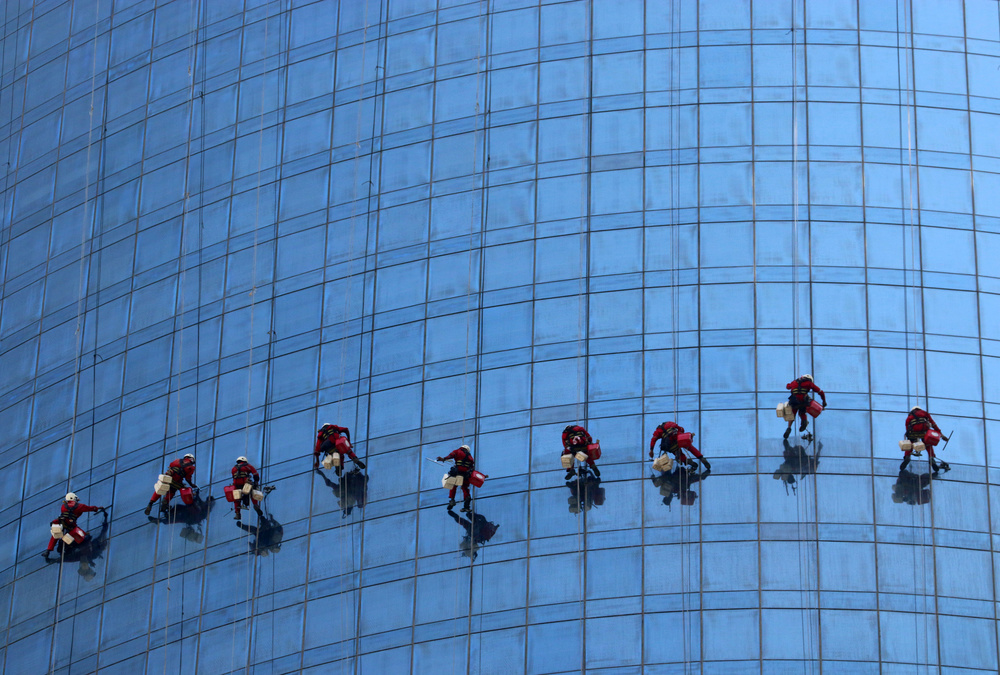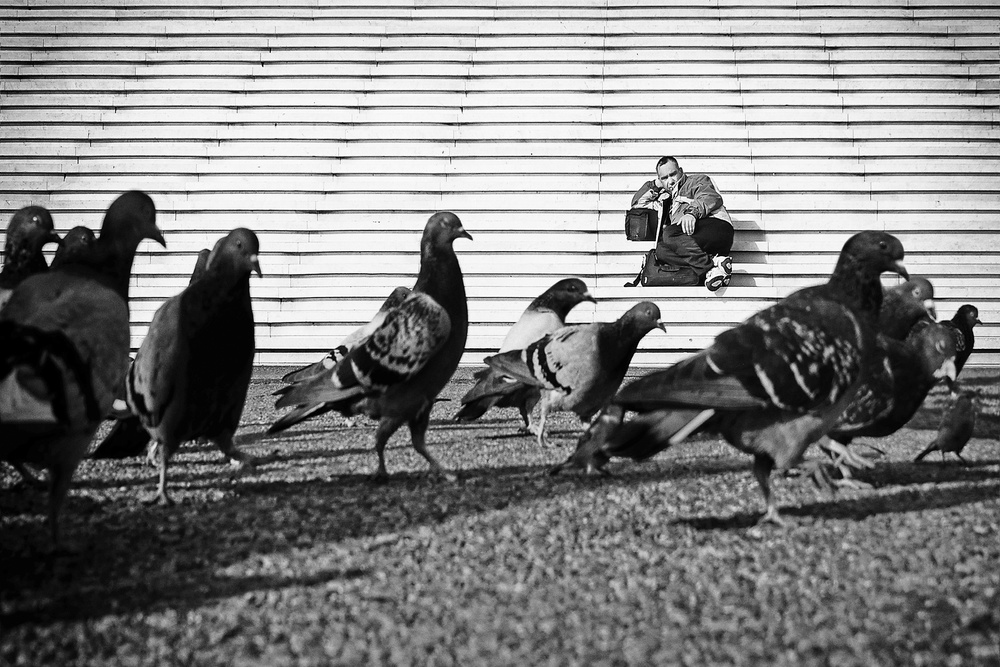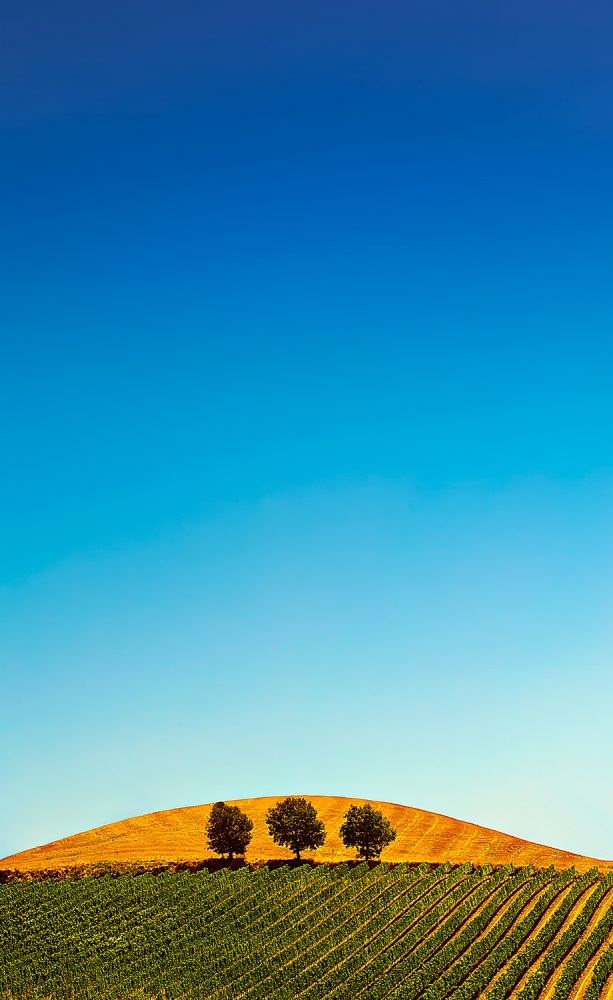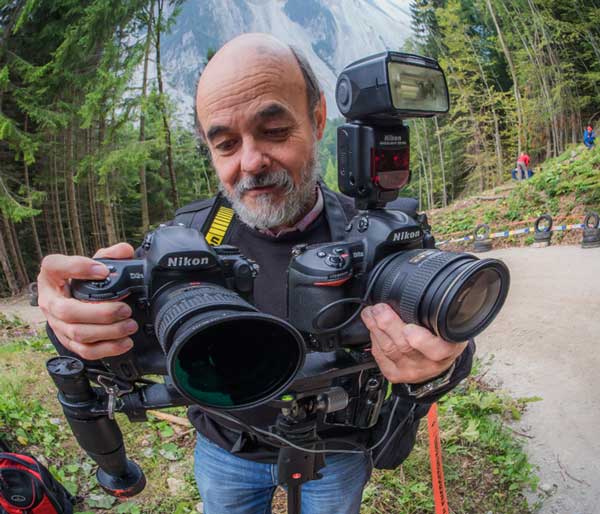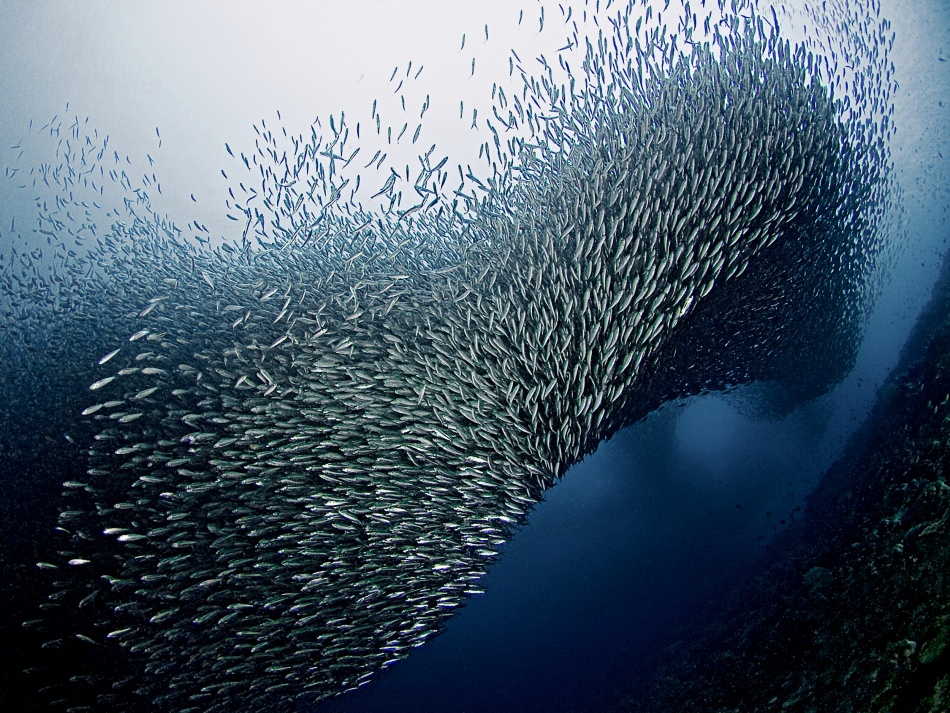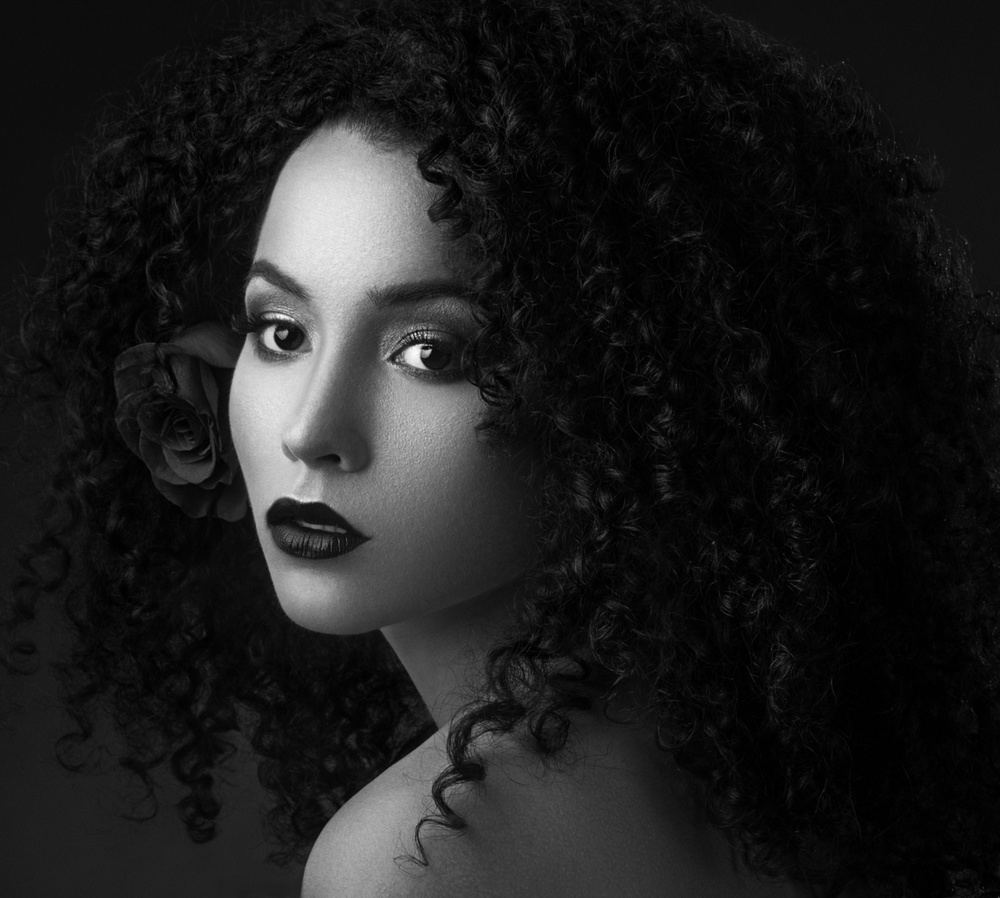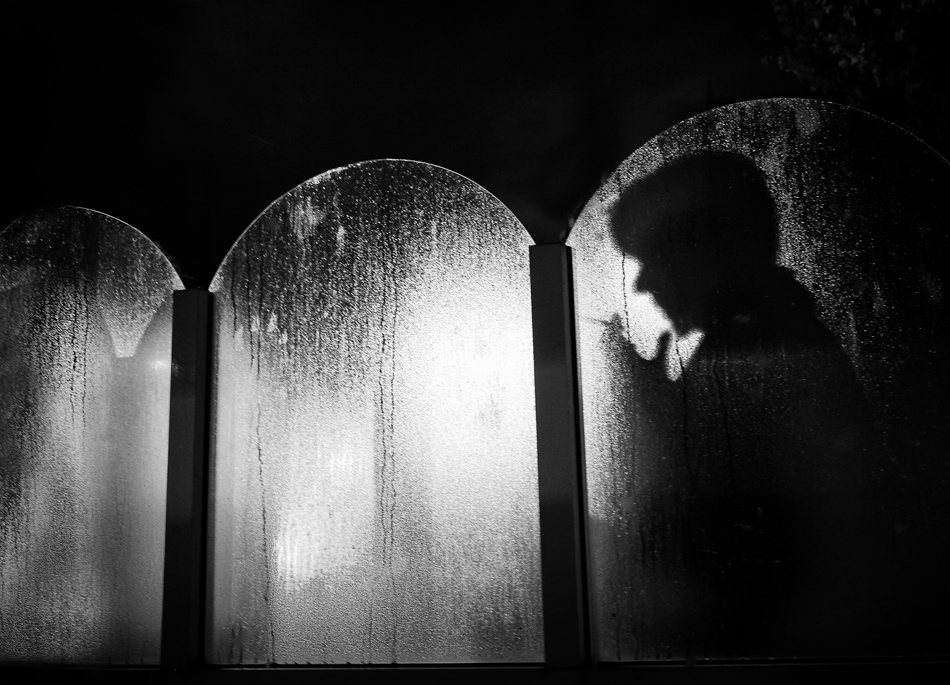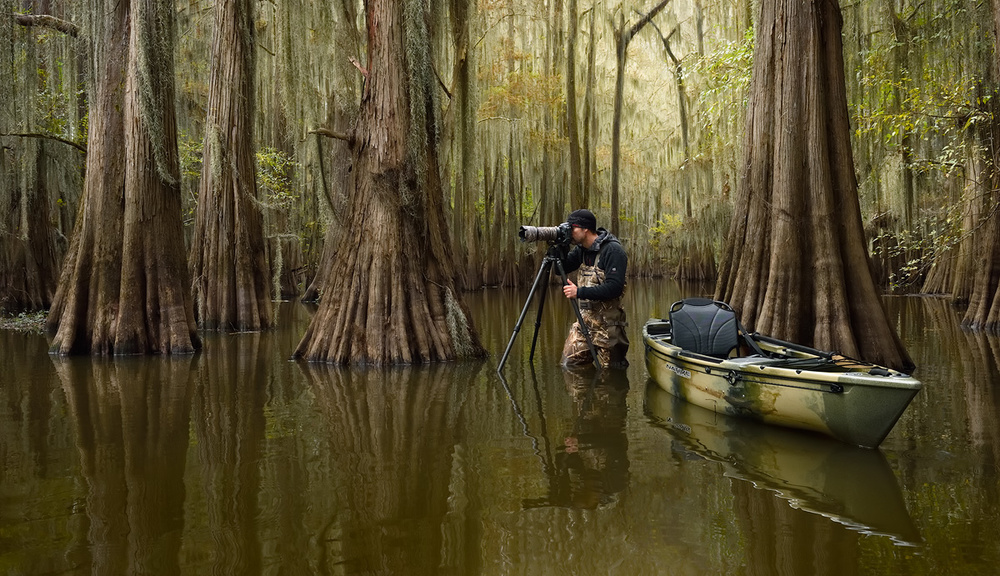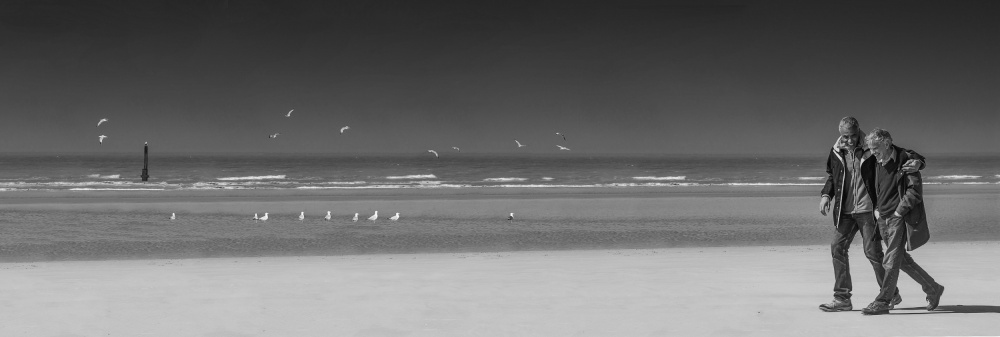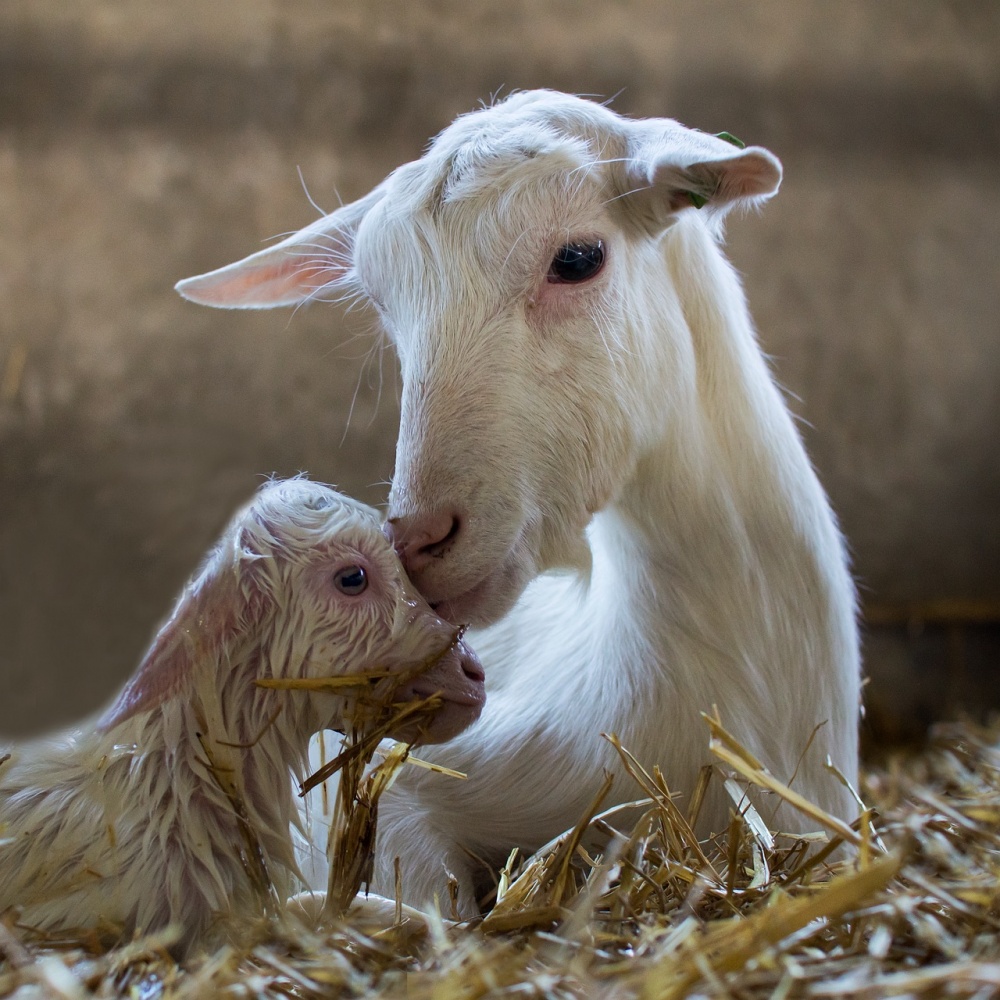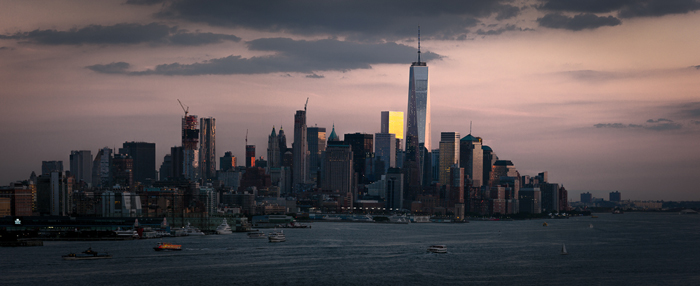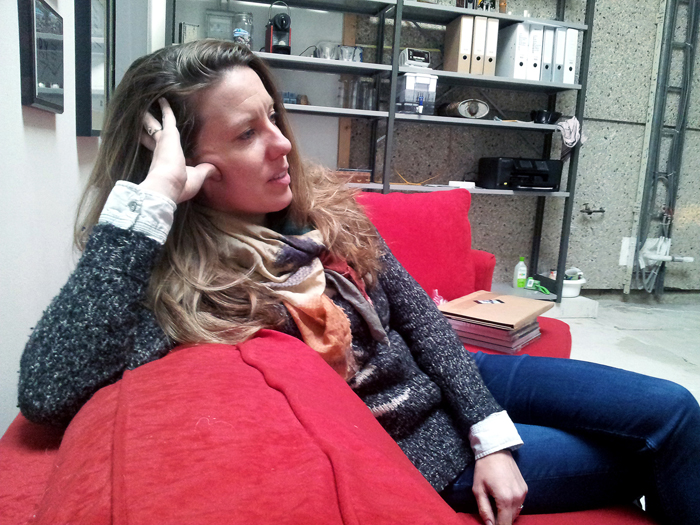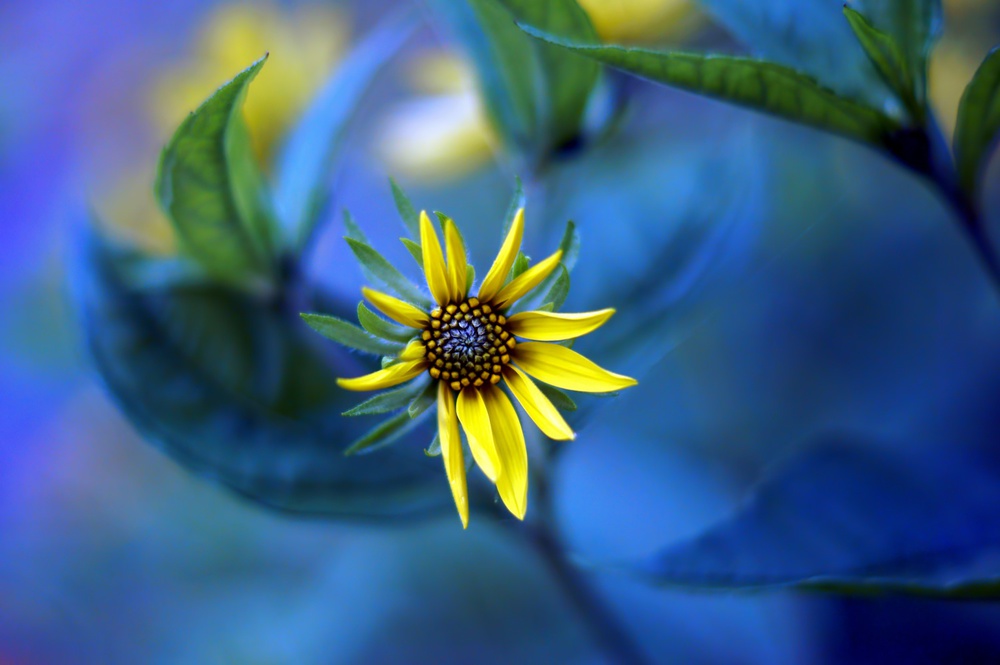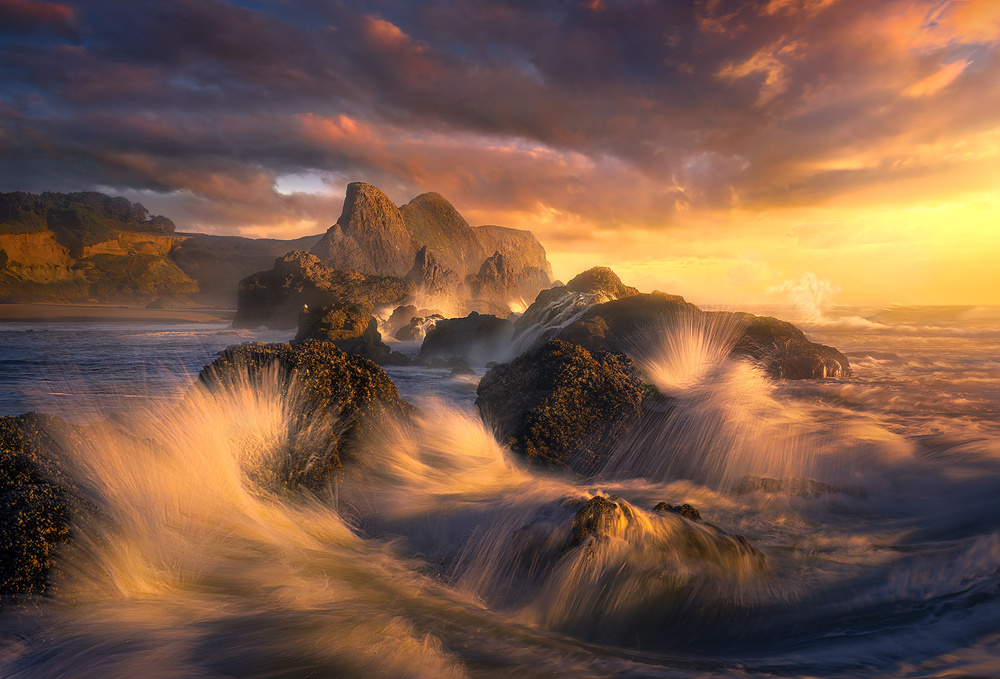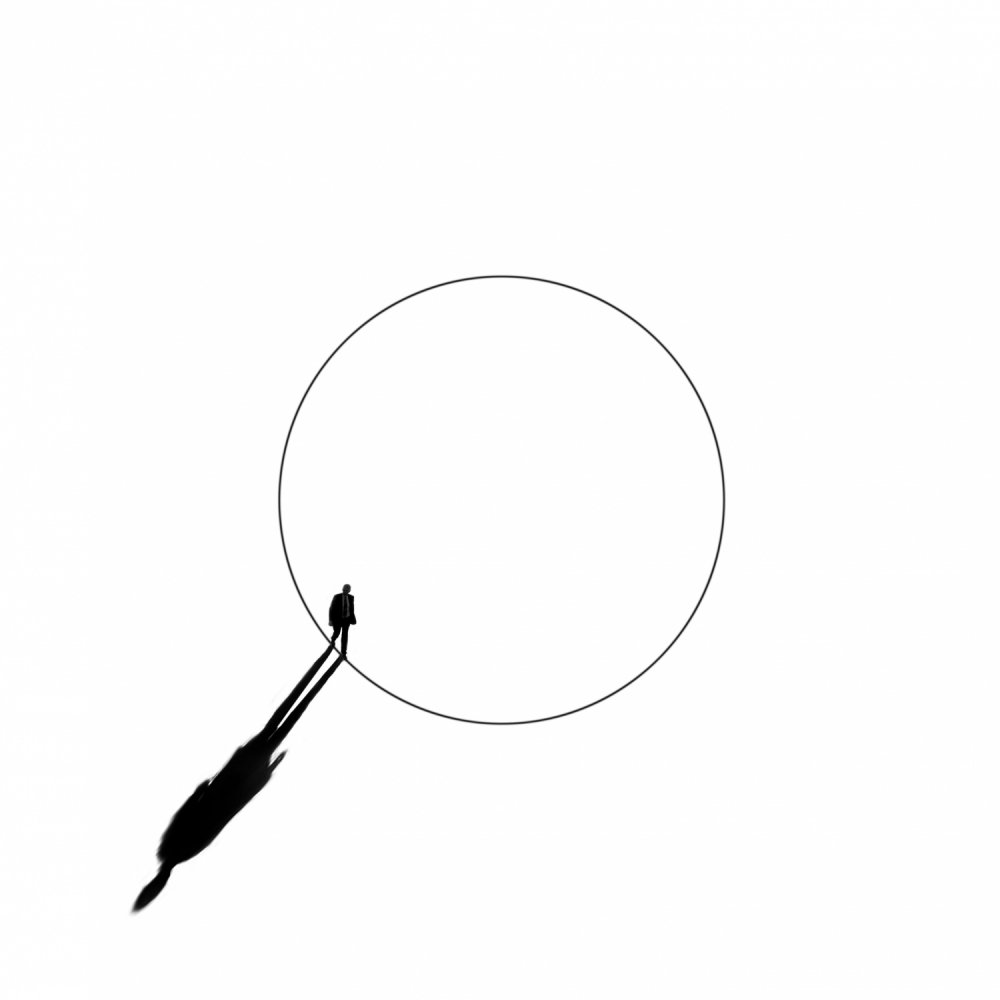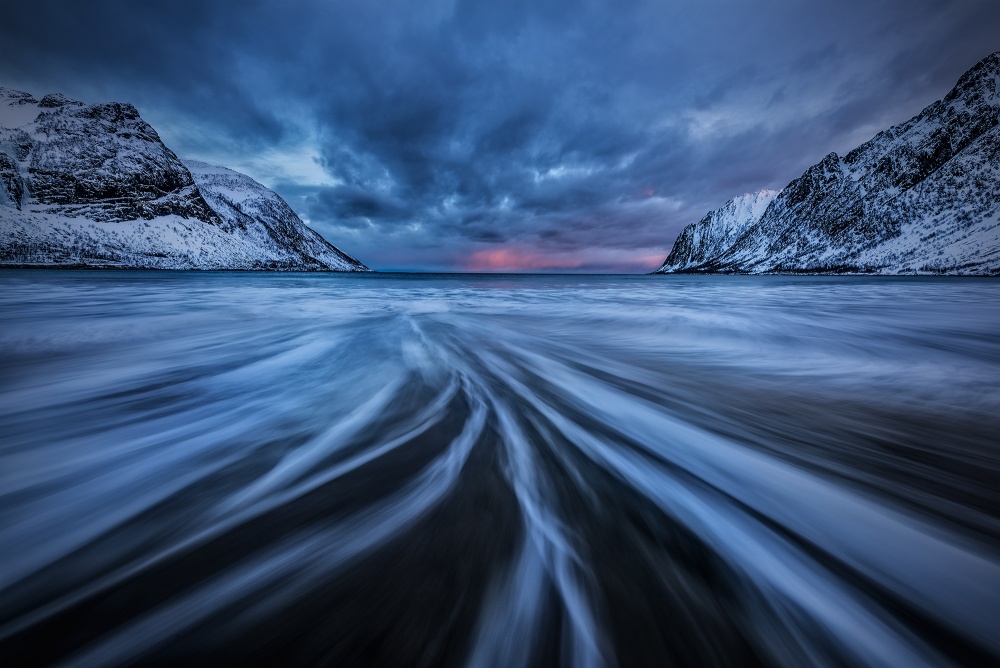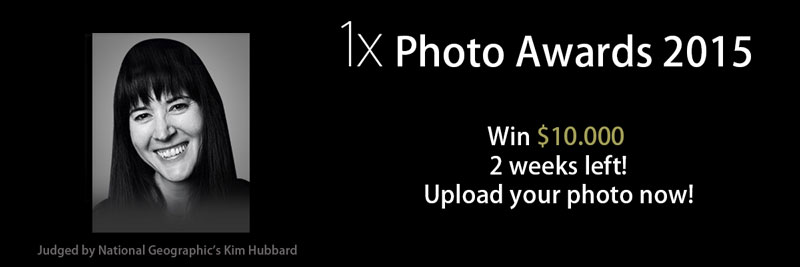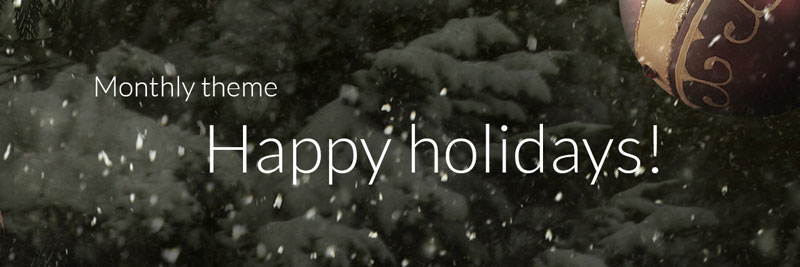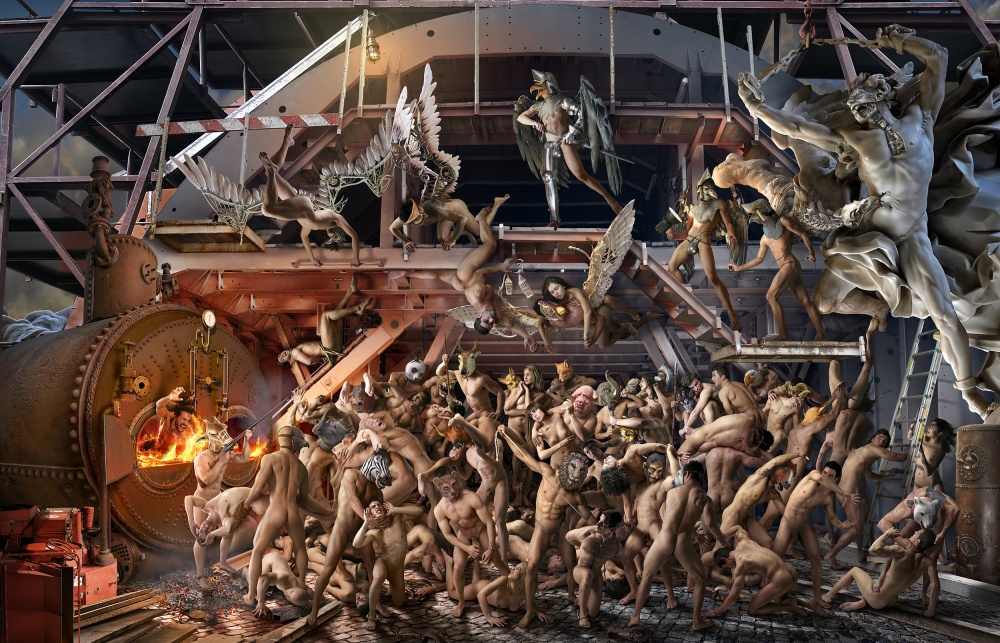Contests
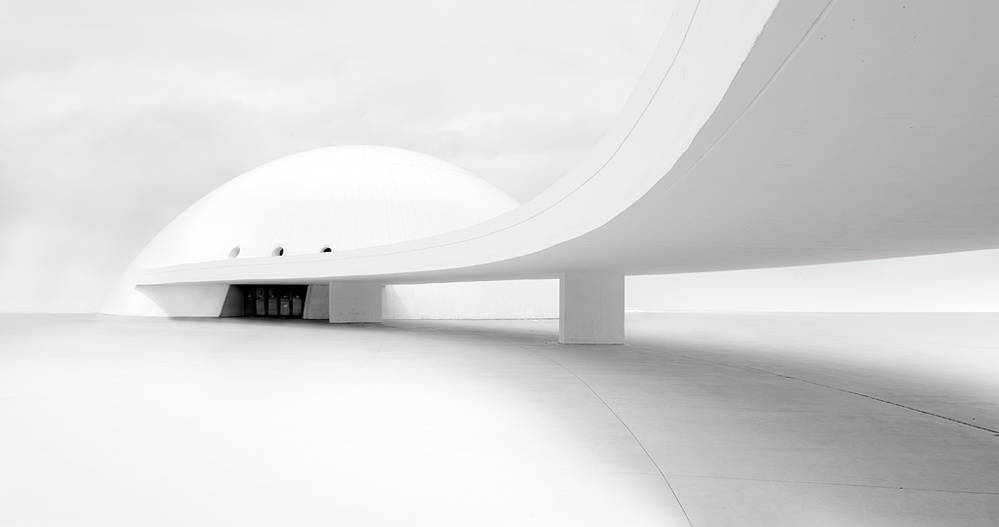
Juan de Villalba: Photographer of the week
1x Blog ContestsJuan de Villalba is as a skillful photographer, always in search for compositional possibilities while watching his surroundings, taking advantage of the time of the day, the light and the weather conditions. He always tries to capture people in his work. He also loves to create surreal still lifes using daily objects. Thanks to Yvette Depaepe for conducting the interview.
Briefly tell us about yourself, your hobbies and other jobs.
I was born in Bilbao in 1968. There I lived with my family until the year 1988, when we moved to Madrid. There I met Silvia, my wife, and we came to live in Collado Villalba in 1995. We have two teenage daughters (Sarah and Laura) and two dogs (Zacky and Nero). I studied graphic arts and I've almost always worked in this area.
I like design, drawing, painting, architecture ... I practice sport and I enjoy any activity that brings me in contact with nature.
How has your history and life experiences affected your photography?
Which are your most important experiences that have influenced your art?
When I was 14 years old my parents enrolled me in the studio of the painter Ismael Zapater. I was good at drawing and thought that this would benefit me. Since then my life never again would be the same.
I was going to classes in drawing and painting for years and not only got better as a draftsman and painter, but the most important thing was that it taught me to see, to enjoy and understand art. Painting and drawing were everything to me.
Visiting exhibitions, museums and sometimes getting involved in contests, prize and some other selections.
I got to display my work in Madrid and had orders on a regular basis.
I came to specialize in portraits.
But one day I got tired. And I discovered photography, digital photography, because the analog I already knew. Analog photography for a middle-class, working family as ours was still a luxury item. Developing a roll of film was something we could rarely afford and have a laboratory at home was completely impossible. So when I discovered digital photography and had access with it, it was for me as if the gates of heaven opened.
What first attracted you to photography?
I don´t remember when I shot my first picture.
I must have been a very young child. And it had to be with the little old camera of my father, a Nera 600 camera. At that time photography was magical for me.
Then, when I was ten or twelve years old, I could see up close and even try a Polaroid. That too was magic. The quality was not good but to see how the image appeared in front of you was priceless.
Then there came other cameras and experiences to reach the photography of today which is still evolving. The word that perhaps best defines what I felt every time I photographed from the first day on, would be "Magic".
Describe your overall photographic vision.
Everything can be photographed. We just need to be vigilant and ready for when the time arises we are able to recognize, frame and shoot.
Every day and every moment, despite daily routines, I am attentive to everything around me. Every day things may appear the same but they are all really different.
Depending on what you observe at that time, for example, and in my case it is normally architectural objects, I like to watch each building or construction that I encounter and see what compositional possibilities it offers to me. I also see how it affects the light, depending on the time of day or the meteorological conditions. In addition I like to see if one or more people can be part of the possible composition and where I could locate them.
However, when I am in the abstract or conceptual mode of photography my vision is usually inside. Everything happens inside my head.
It is time to think, also observe but above all to think.
Why are you so drawn to architecture and abstract photography?
I love the architecture and only few resources are needed for this type of photography as compared to studio photography or landscape photography. Nor is it necessary to travel the world in search of amazing places. With a camera and an objective I perform 90% of my photographs. And almost always in the same city, Madrid.
I like playing with spaces, shapes, volumes, perspectives, lights and shadows. And always look for a different element that breaks with the formality of the architectural lines. That element may be a person, an animal, a plant, a cloud ... anything. Preferably a living being however.
The architecture work requires me to go outside and explore unknown places in my own city for possible framings, and to look at them in a different way.
The abstract / conceptual photography I like ,because sometimes I cannot go downtown and I create my photographs without leaving home.
What is more important to you, the mood,story behind your images or the technical perfection?
Both of these are important and depending on the type of photography, one or the other will be more important. If we talk about artistic photography, I think the technique is important but less so than feelings.
What generally is your relationship to your subject matter beyond being an observer?
In architectural photography I consider myself an absolute observer, an architectural voyeur.
As for my other specialty, I consider myself a creator. When creating that image (or object) I need to believe that it is possible and credible and that ones message is clear.
Do you prepare carefully the locations where you are intending to photograph?
Sometimes I prepared thoroughly. When I am clear about what I want. But this happens rarely. Most of my photographs are the result of chance. I like the places I visit and it is a challenge for me to try to find frames that no one has encountered before. I firmly believe that we must push ourselves to seek and create unprecedented and unique images.
What gear do you use (camera, lenses, bag)?
Currently using a Nikon D7000.
I have only three objectives:
Nikon 18-70mm. f/3,5-4,5 ED
Sigma 70-300mm. f/4-5,6 DL Macro
Nikon 50mm. f/1.8
I recently acquired a small compact Canon S95
A Cullman tripod I use to photograph my objects and also use it occasionally abroad.
In addition, I have two bags Lowe pro (Nova 2 AW and Nova 4) and a small backpack (Dura Gadget) that is the most I use, because it gives me comfort.
What software do you use to process your images?
I only use Photoshop CS5.
Can you tell us something more about your work flow?
AI attempt to shoot pictures as accurately as possible. Always in RAW format. Once transferred to the computer, it is work with Camera Raw where I do all the basic settings, if they were necessary, as may be the case for exposure, white balance, contrast, etc ..
Once this is done I start working in Ps. Remove stains, correct lines, will decide if the image should be in color or black and white, re-framed if necessary. When I'm done with that work, I like to keep a copy in TIFF format. From that TIFF format, I do all JPG format copies that need further adjustment of size and unsharp mask.
What is your most important advice to a beginner in architecture and abstract photography and how do you get started?
The first advice I would give is to devote much time to observe the work of other photographers. Above all to observe the work of the masters. Today it is very easy to access thousands of photographs and hundreds of good photographers thanks to the Internet.
Some photography forums are good places to start learning, also specialized websites such as 1x. In the case of architectural photography, it is very important to get out into the city and find an interesting building, and experiment with it from all possible angles. It would also be good to see the building at different times of the day. Even at night. Everything changes continuously.
My behavior when I see a building with potential, rather than immediately removing the camera from the bag, what I do is looking at it from all angles, and then when I am clear what I want, I open the camera bag.
With regard to abstract / conceptual photography, it is perhaps even more important to review the works of other artists. And artists of any specialty, sculpture, painting, illustration design, advertising and photography. This is a specialty that requires a minimally creative mind and sometimes it's complicated. So when I have new ideas or do not feel like locking myself at home for conceptual kind of pictures,I am dedicated to architectural photography.
The most important thing for this kind of creative photographs is not to imitate anyone. We must create and translate our own concepts and ideas, if we have them.
It is important to learn from the masters such things as lighting, composition, editing ... harmony. It is very rewarding when the result is good.
Who are your favorite photographers and more importantly, how has your appreciation of their work affected how you approach your own photography?
A photographer I like in regards to architecture as well as for being an architect is Victor Enrich.
He is not exactly doing the architectural photography I do, but his creativity coupled with his imaginative technique and his humor are fascinating me. Anyway, if I have to name a photographerwho most influenced my way of seeing and understanding photography, it is Chema Madoz. His way of creating something with very few elements and give it an overwhelming message is something that I have always present in my work, whether architectural or otherwise.
Are there any specific directions that you would like to take your photography in the future or any specific goals that you wish to achieve?
At the moment, I do not plan anything but continue learning and improving my work.
Desire to evolve deeper into architectural photography and that the human factor has increasing presence in my photographs. I have dozens of ideas noted in many scattered notes around various corners of my house and want to carry out most of them. My desire is to continue to enjoy photography.
Describe your favorite photograph taken by you and why it is special to you?
The truth is that I do not have a favorite photograph. Try the last, which is the best. But it happens that when I've finished editing and I am satisfied with it I'm already thinking about the next. I was the same when I painted on a canvas.
Is there anything else you wish to add and what do you think about 1X as a home base for your work?
I want to sincerely thank the curators of 1 x for their work. Thank the many photographs that have not chosen me to be published and thanks to whom my efforts to beat and improve the quality of my photographs has been much higher. And I continue striving for excellence.
1x I think is now one of the best meeting places for photographers around the world and the quality and variety of his works are the best business card for anyone of us.
It is an honor for me to be part of it.
I also want to thank Yvette Depaepe for the invitation to have this interview.
I never thought that my work could be of interest to many photographers and non-photographer friends.
. '

